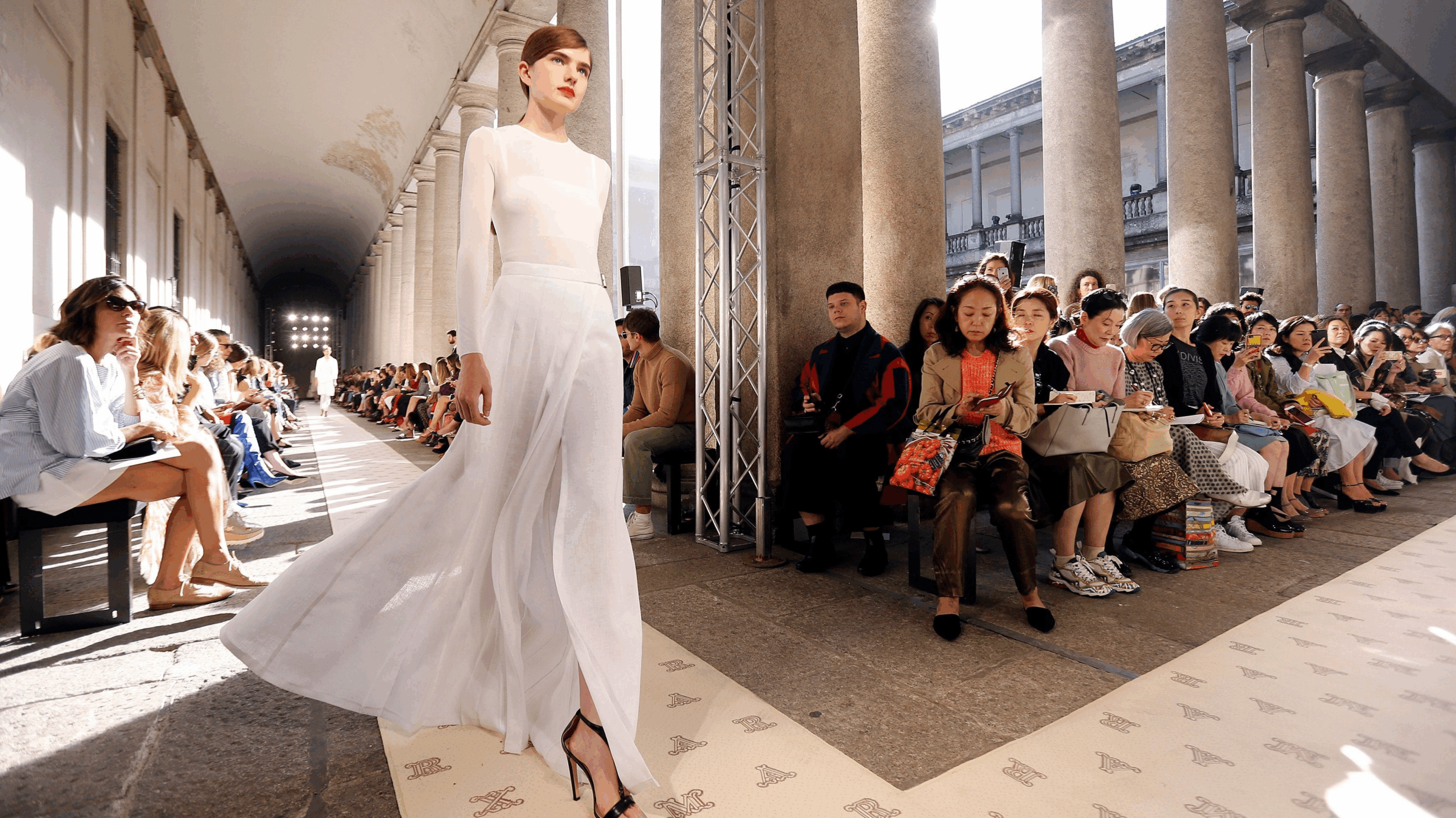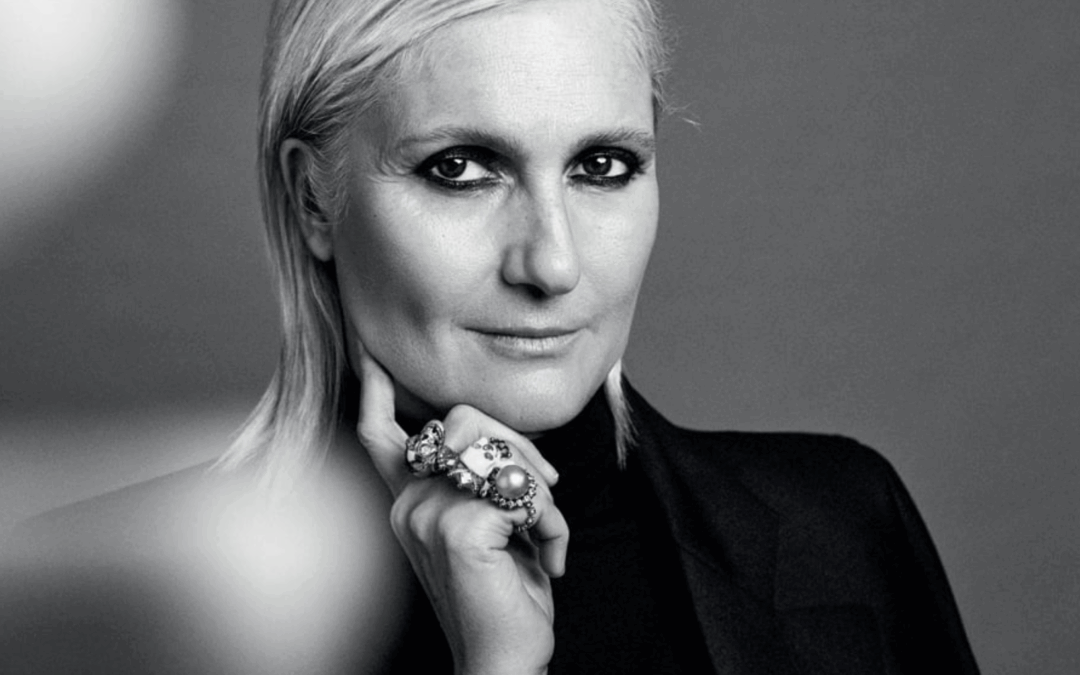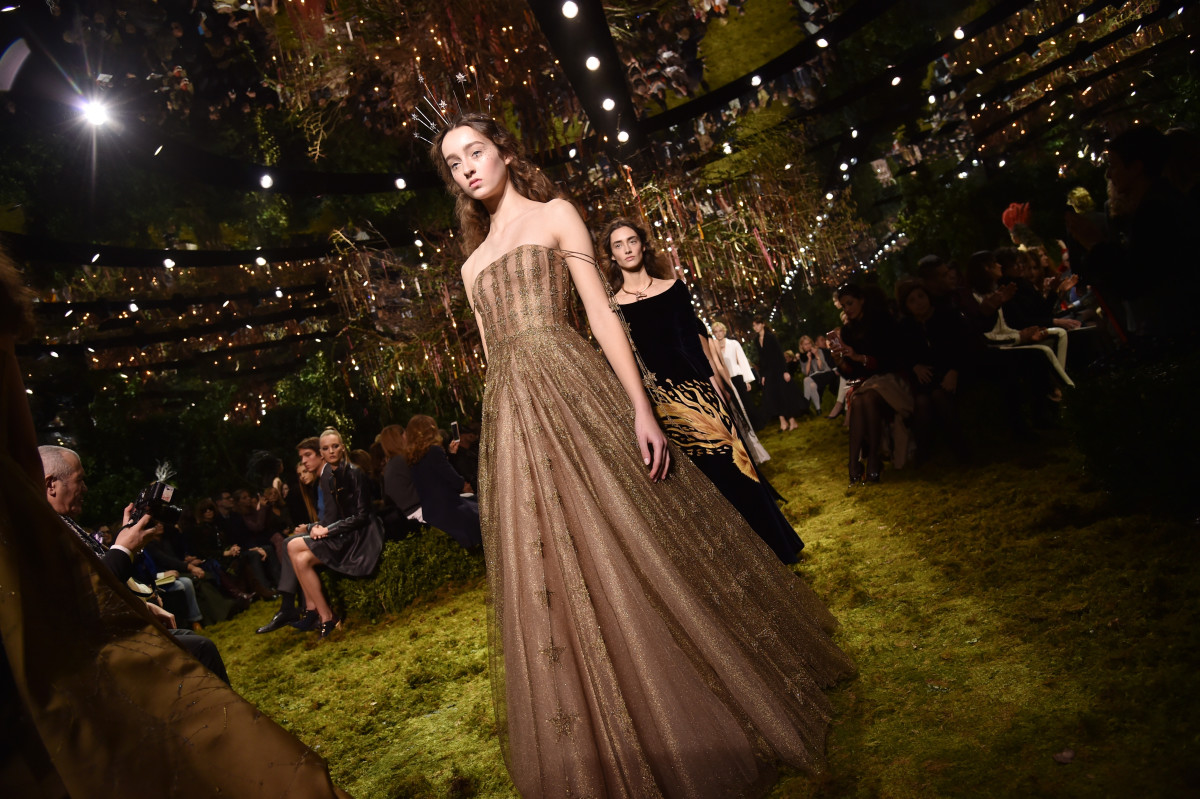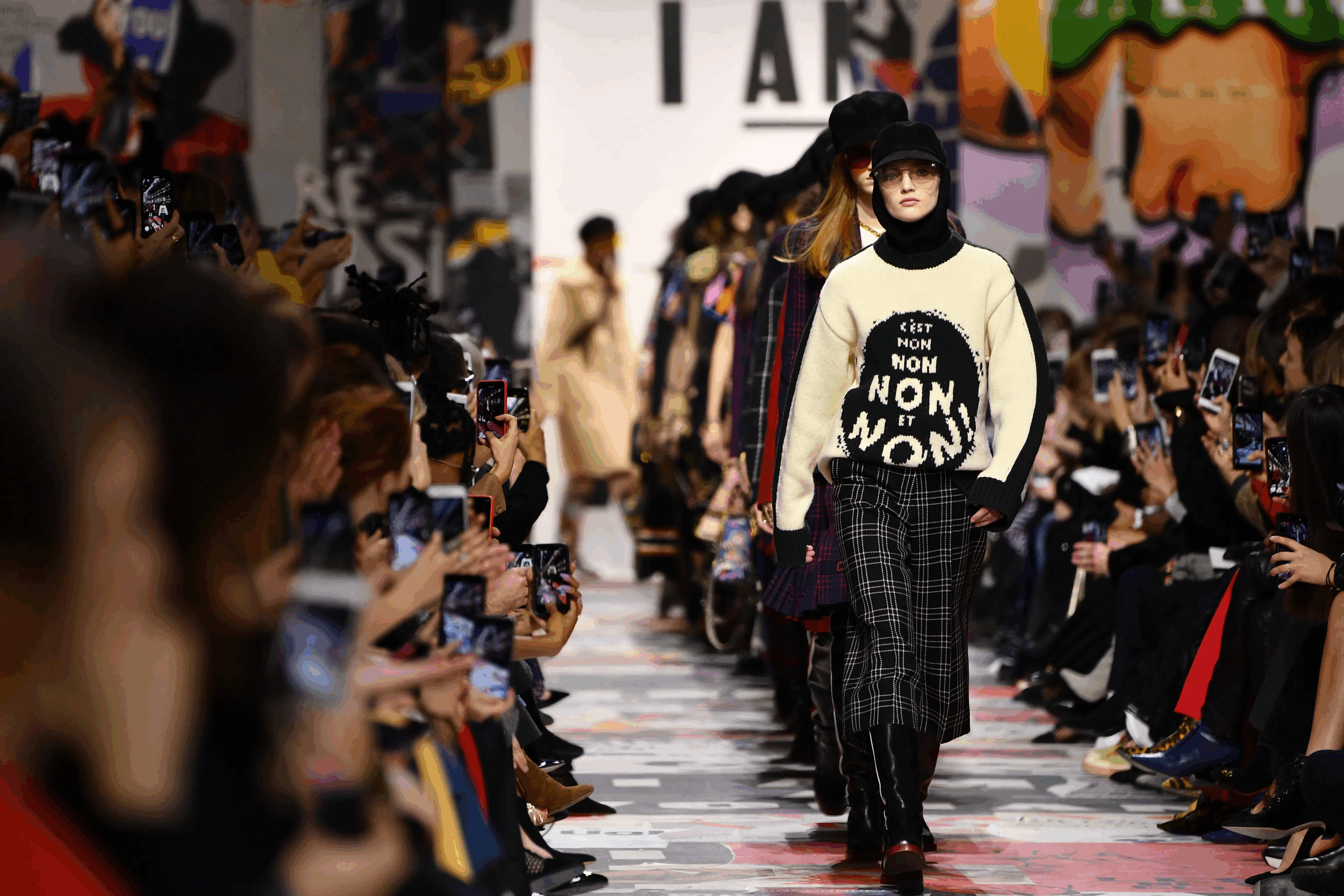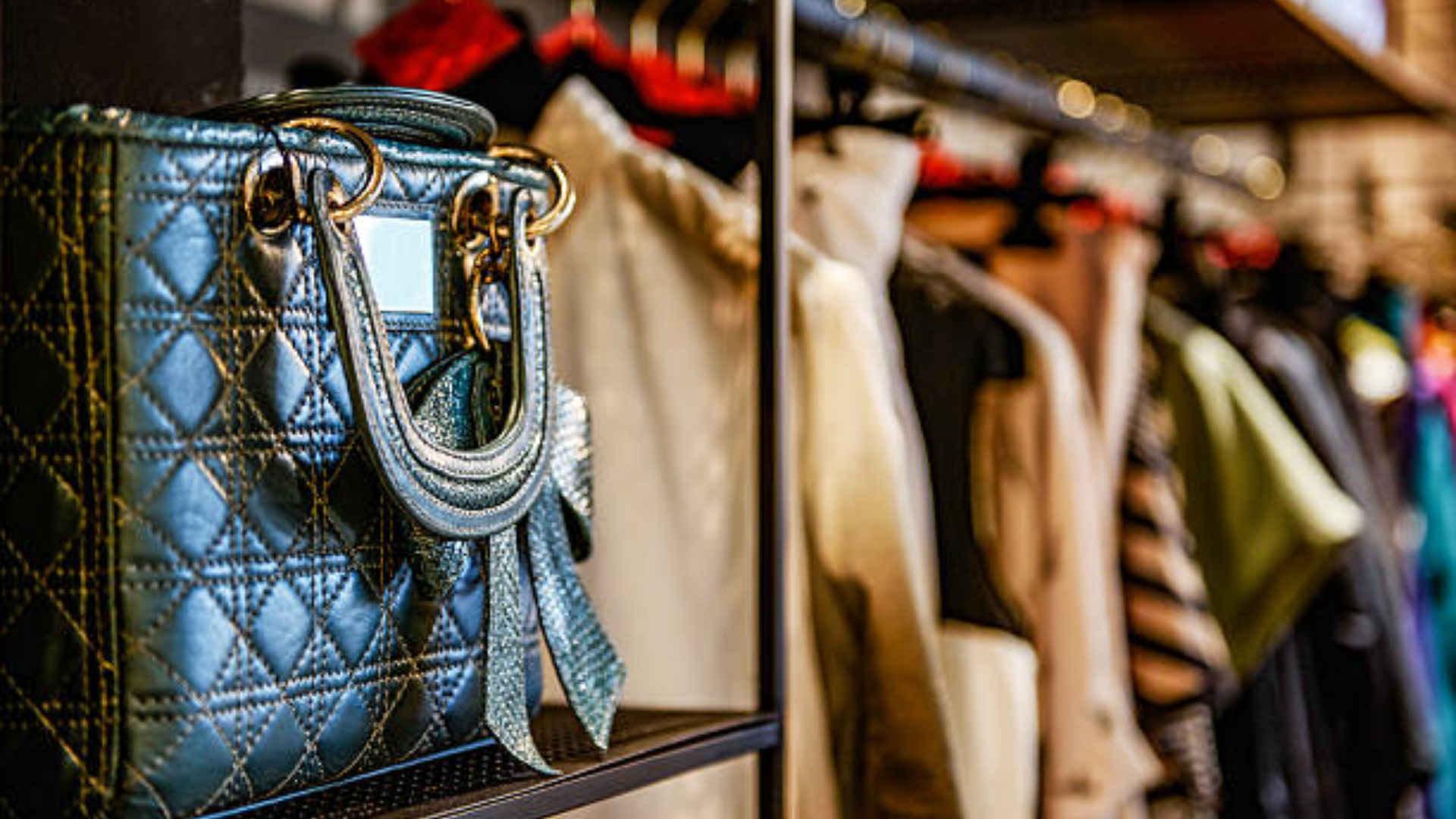
Birkin Control: Keeping the Borders Tight

Style Companion
Birkin Control: Keeping the Borders Tight
by Thea Elle | August 10, 2025 | Style Guide
In the golden age of luxury shopping, the hardest part of buying a HERMÈS bag was pretending you “just wandered in” and weren’t desperate for a Birkin. Now, the challenge is making it past border control. Not actual customs, of course, but the new in-store rules that require more paperwork than a mortgage. Shoppers must show government-issued ID, pay with a matching credit card, and physically collect their prize, just like a diplomatic parcel. The romance of spontaneous luxury has been replaced with the thrill of administrative compliance. Would you like to send your assistant to pick it up? Not unless your assistant is you. Want it shipped? Not unless your address is within walking distance and your walking distance happens to be Paris-in-your-dreams. HERMÈS calls it authenticity. Everyone else calls it what it is — immigration policy for handbags.

When Buying a Birkin Was the Easy Part
There was a time when buying a Birkin only required disposable income, a talent for small talk, and the patience to nod enthusiastically at $1,200 belts you had no intention of wearing. The ritual was clear. You dropped enough money to make your accountant sweat, pretended you “just happened” to be passing by, and then graciously accepted the bag you had been angling for all year. No questions asked, no documents scanned, no sense that you were trying to cross into a restricted zone.
It was a simpler era. The price was absurd, but the process felt almost… human. You could walk in, exchange a small fortune for a handbag, and walk out without having to prove you weren’t part of an international smuggling ring. Today, that charming little exchange has been replaced by a procedure that makes applying for a visa look casual.
The New Geography of Luxury
The HERMÈS rules have quietly redrawn the map of buying a bag. What used to be a global playground for the wealthy has become a patchwork of tiny, in-person checkpoints. The brand will happily take your money, but only if you stand in the exact right place, at the exact right time, holding the exact right identification. The bag you desire might be sitting just a few hundred miles away, but unless you physically appear to claim it, it may as well be on the moon.
The effect is less about security and more about control. By making access inconvenient, HERMÈS turns each purchase into a story, a pilgrimage, a subtle reminder that ownership is a privilege, not a transaction. The scarcity feels curated. The hoops think deliberately. And yet customers jump through them willingly, because in the strange economy of luxury, the harder something is to get, the more it is worth telling people you got it.
.

Authenticity, One Paper Trail at a Time
Officially, HERMÈS says the rules protect clients and ensure every bag sold is authentic. In reality, this is a luxury brand defending itself against the dark forces of resale, where a Birkin can appear online within hours, often at twice the boutique price. The ID checks, in-person pickups, and no-shipping policy create a paper trail so pristine it could be framed.
Of course, authenticity here is not just about leather and stitching. It is about preserving the idea that a HERMÈS bag is not merely purchased but earned through patience, loyalty, and the ability to rearrange your life around an appointment slot. This is luxury as a test of endurance. If you are willing to navigate the paperwork and the travel, you have proven yourself worthy, at least until the next set of rules arrives.
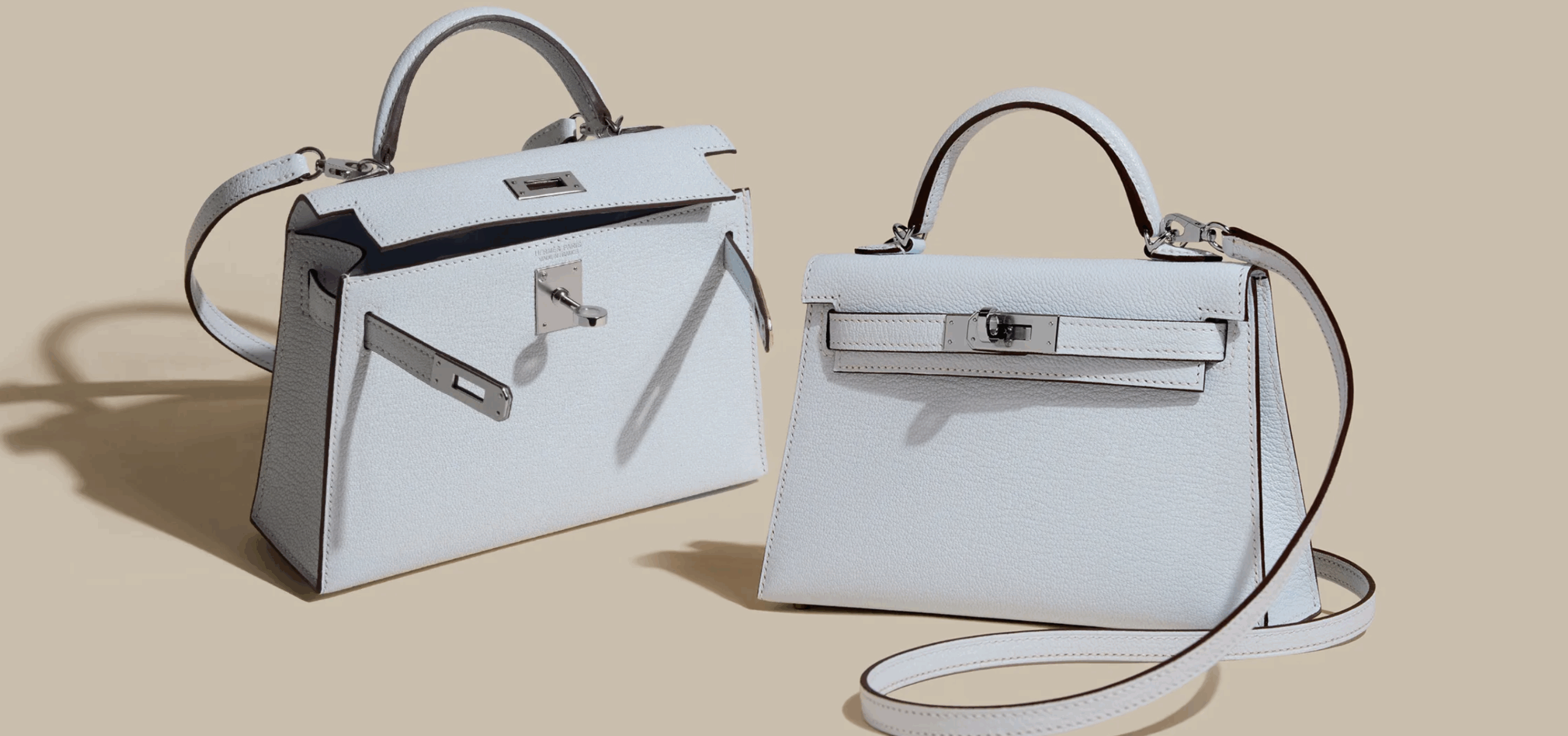
Two pale blue Hermès Kelly bags placed side by side on a neutral background
The Chase That Should Not Exist
Only in luxury retail can the seller hold all the cards and still make the buyer do the running. HERMÈS is the one making the sale, pocketing the profit, and controlling the stock — yet it is the customer who must rearrange their life to meet the bag on the brand’s terms. In any other industry, this would be called bad service. In luxury, it is called mystique.
The logic is upside down. Imagine your local car dealership calling to say your new vehicle is in, but you must fly in tomorrow to collect it, or they will offer it to someone else. Most people would laugh. HERMÈS clients book the ticket. Not because it makes sense, but because in this strange marketplace, the privilege of spending thousands requires proving you deserve the chance.

Border Control for Handbags
HERMÈS’ rules are not just about security or even authenticity — they are about reminding customers that the bag is the prize, and the chase is part of the purchase. Every ID check, every in-person pickup, every short-notice summons reinforces the idea that ownership is a privilege, not a right, even when you are the one funding the transaction.
It is retail theater at its finest. The scarcity is staged, the difficulty designed, and the exclusivity meticulously maintained. And yet, the formula works. People will fly across states, rearrange their lives, and treat an orange box like a diplomatic briefcase — all for the satisfaction of saying they got it the “real” way. The irony, of course, is that in a world where the customer is meant to be king, HERMÈS has somehow made the crown part of the merchandise.





